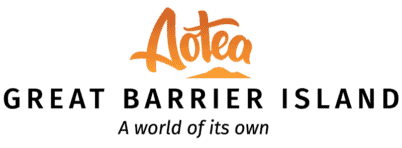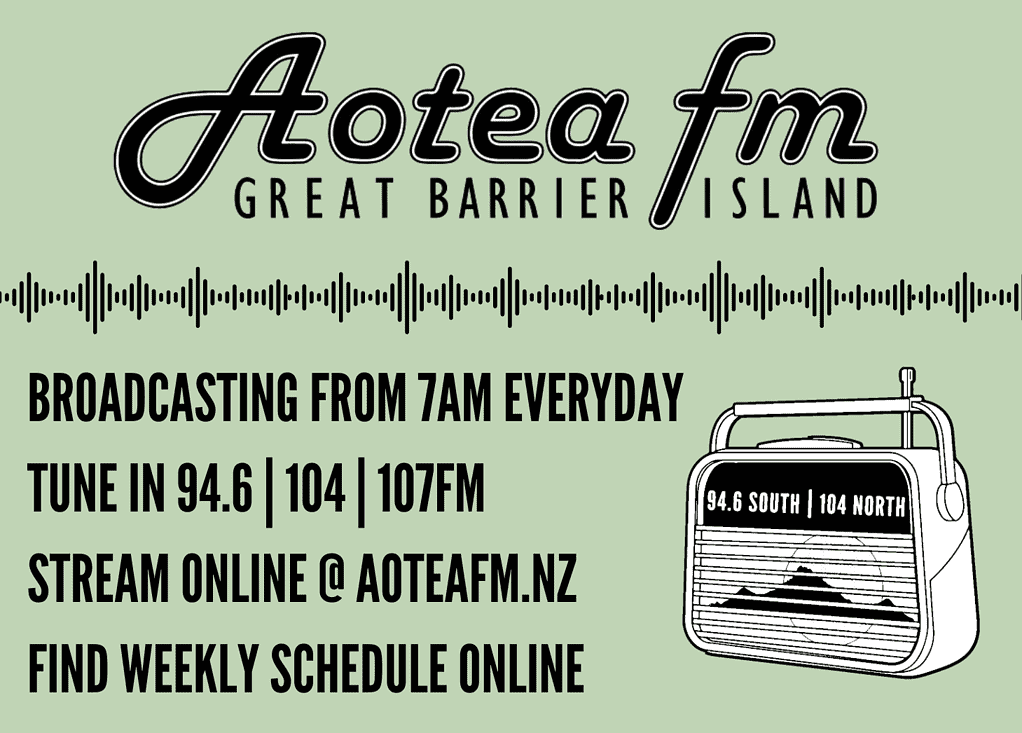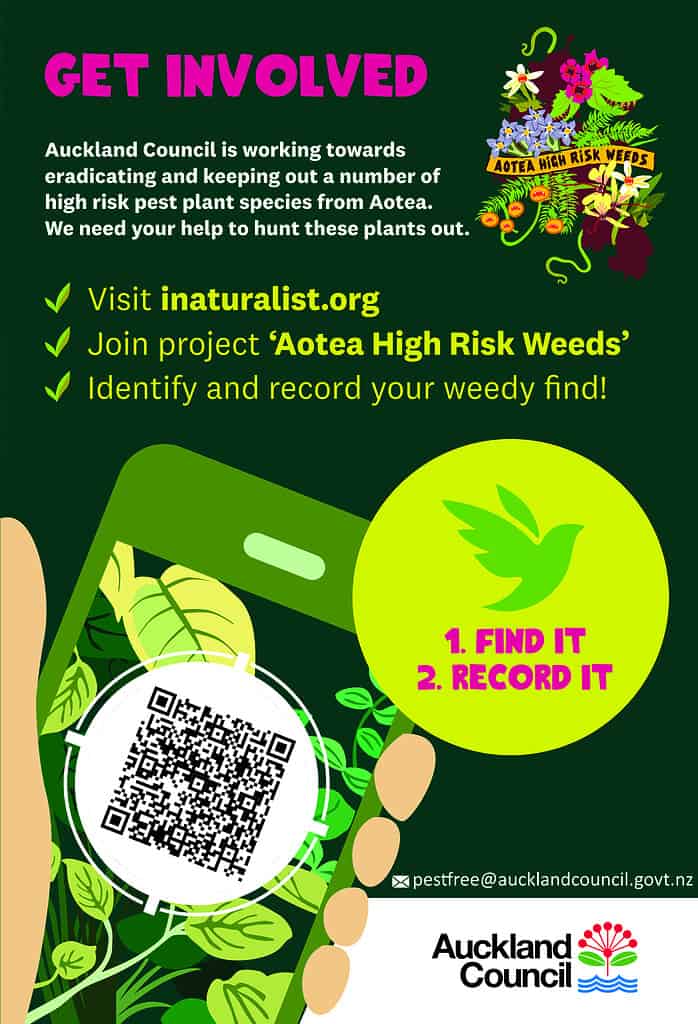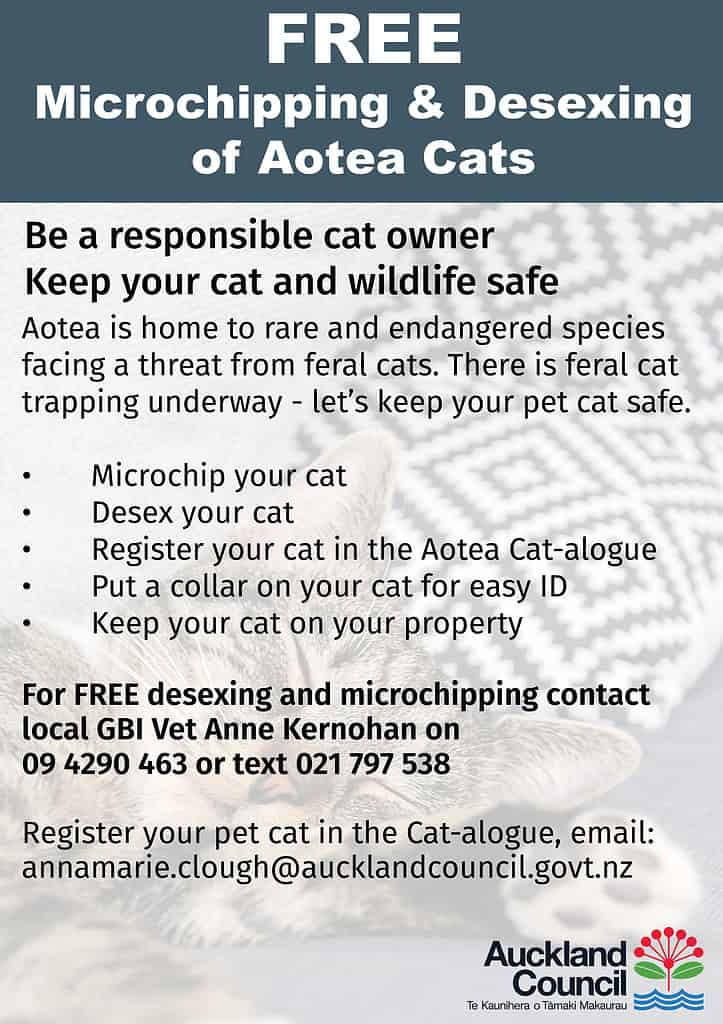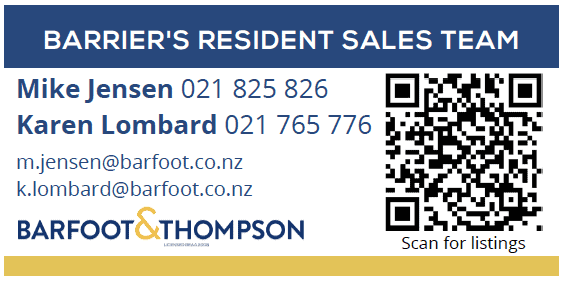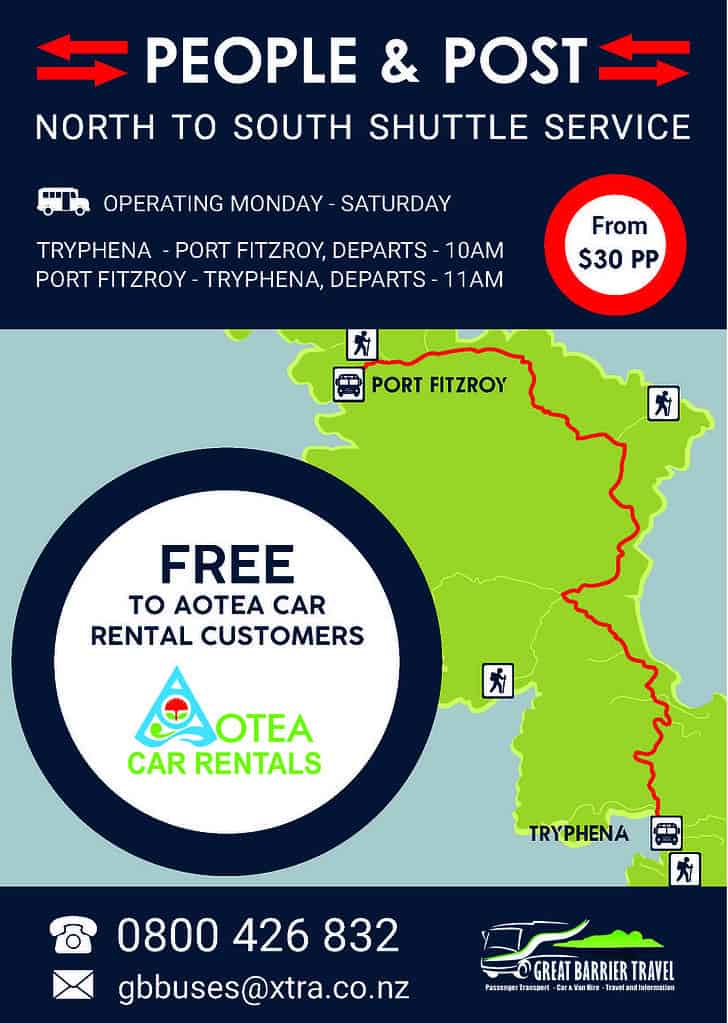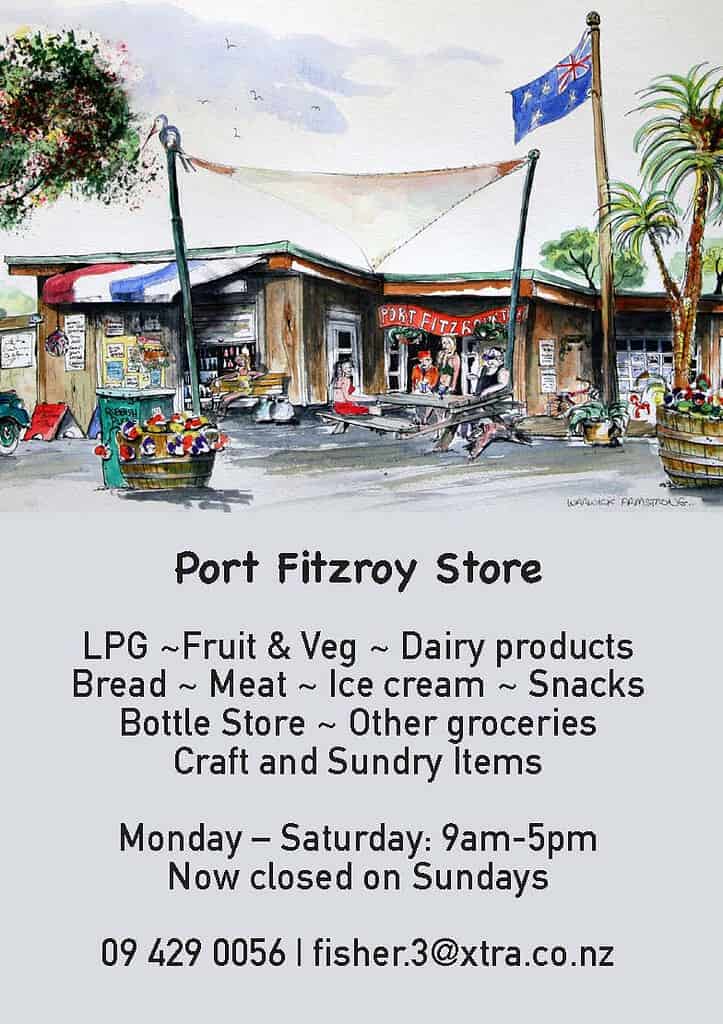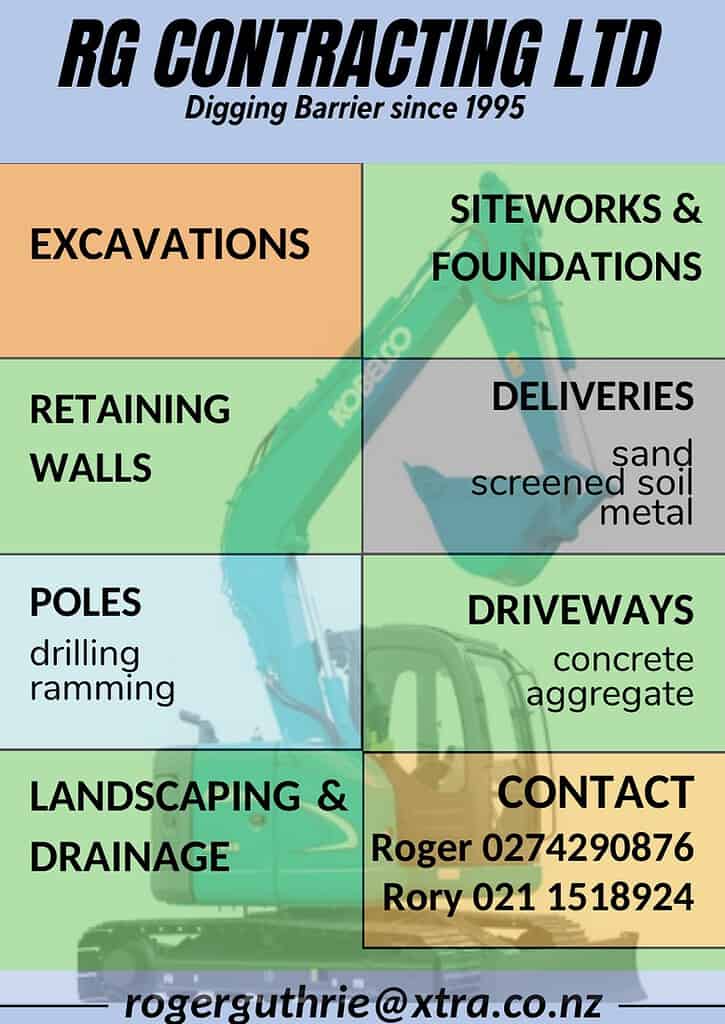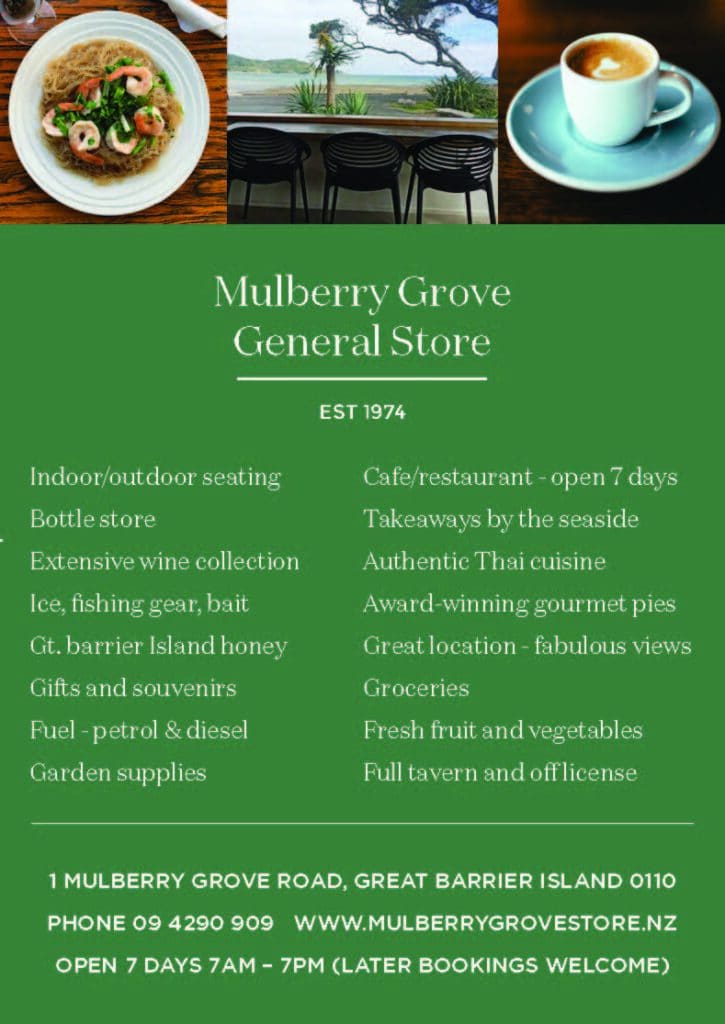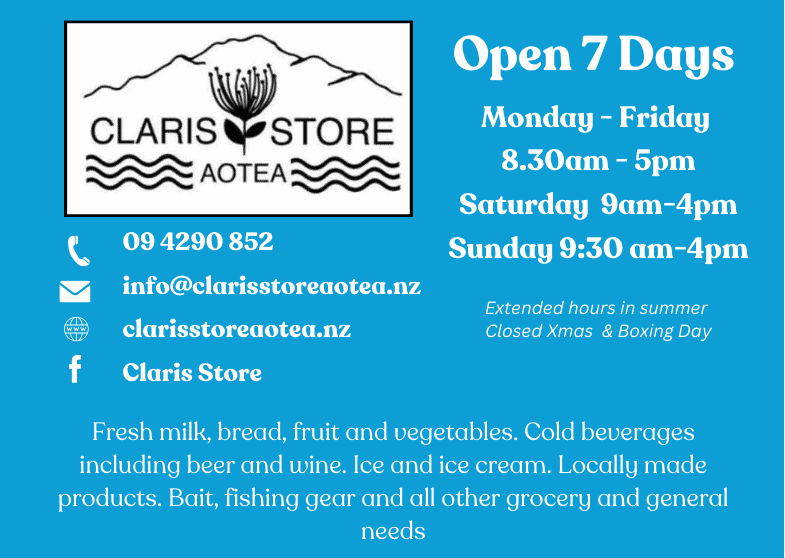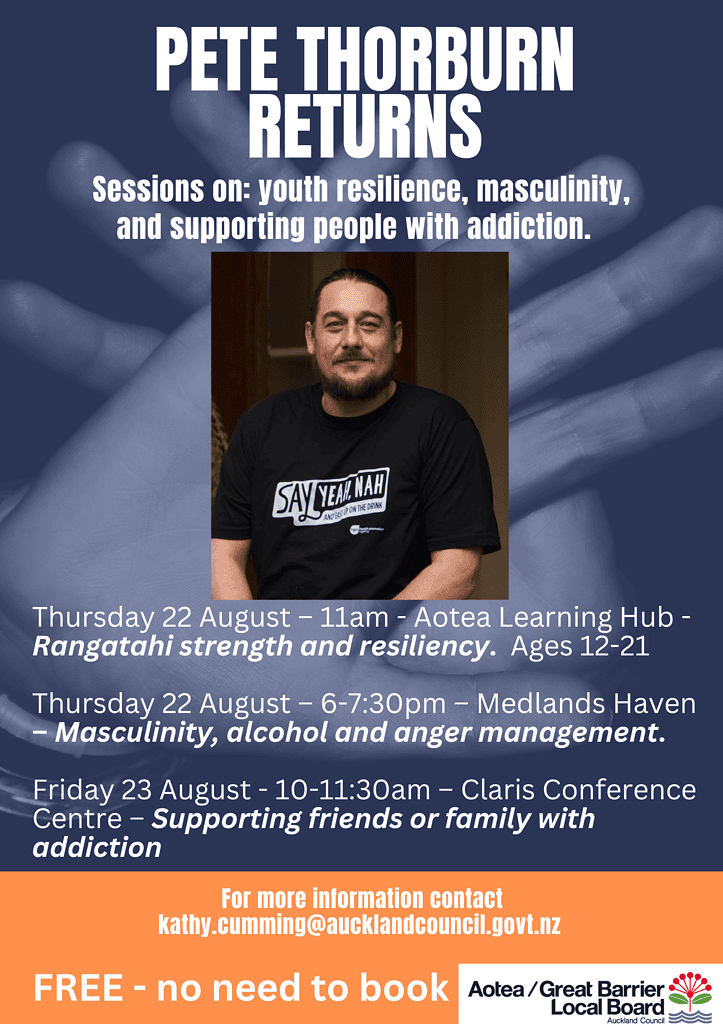Time to have your say about the future of the CAN
It was a wet night last Thursday when John Walsh, Director of Pest Management for Biosecurity New Zealand (Ministry of Primary Industries (MPI)), and two colleagues fronted up to ask for input into the future of the Exotic Caulerpa Aotea and Ahuahu Controlled Area Notice (CAN). The CAN limits anchoring on the west coast of Aotea and was extended on 1 December 2023 to cover an area from Cape Barrier in the south to Motuhaku at the entrance to Port Abercrombie due to the spread of caulerpa.
Before the community hui, MPI had met with members of the Aotea Caulerpa Response Team – the new Ngāti Rehua-Ngātiwai ki Aotea led island response. The message given at that meeting was clear – focus on the plan to stop the spread of caulerpa and not on the CAN.
The ACRT recognise the need for harbours to open up and have requested support from MPI to clean up the harbours of caulerpa and have these open for boats to anchor. The harbours being closed currently place a large burden on Aotea residents and businesses. Anchoring restrictions in the caulerpa infested areas beyond the harbours could remain in place (see below for the current rules and map).
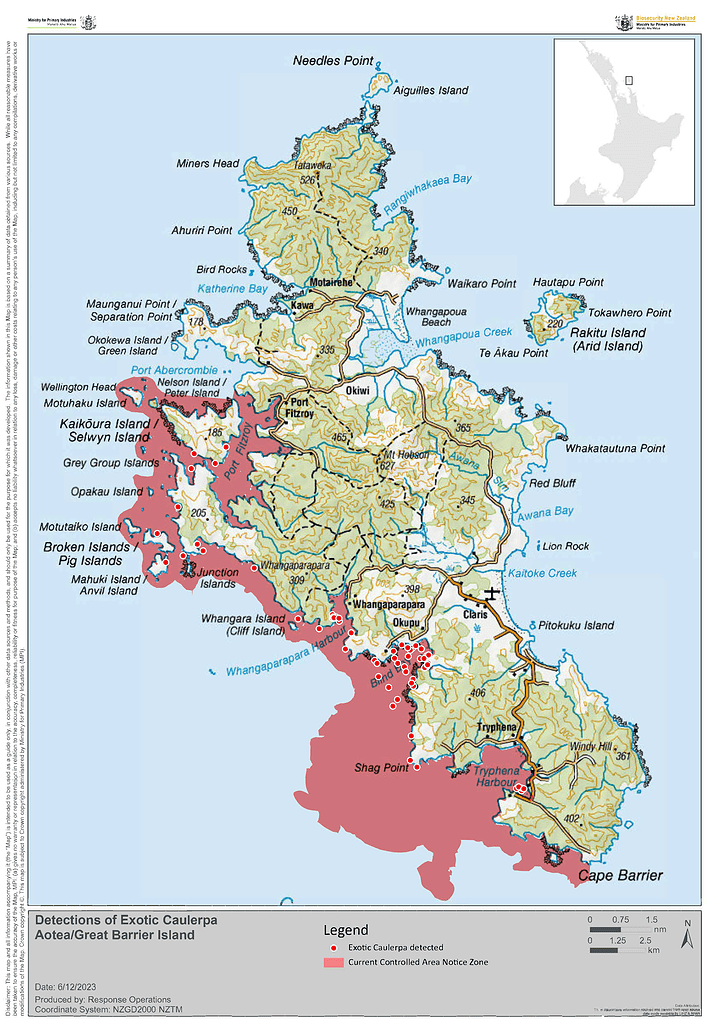
MPI have been asked repeatedly to invest in a local response team. We already have a local surveillance team trained who have done detailed underwater surveillance of Whangaparapara harbour. This was done so we would be ready to clear the harbour of caulerpa and allow anchoring in caulerpa-free areas. But to do it we need to set up a local team who can safely deploy into the water as soon as new patches are found and treat them with the appropriate tool for that site.
Not everyone supports anchoring restrictions, but many do, which is for a couple of reasons. There is a lot of disturbance of a caulerpa bed when a boat is anchored in it, causing the caulerpa to break into pieces. Fragments are bad news – they can drift on currents to a nearby site and take root there or be taken on the anchor to another site without detection. Aotea has dense caulerpa brachypus infestations that MPI doesn’t want taken to other places in the Gulf, Coromandel, or Northland, and many people agree that’s not okay. But others say enough is enough and the focus should be on education of boaties, and anchor-cleaning and letting people come here to fish.
There’s definitely a trade-off to be made.
No CAN means the level of risk of infestation spreading increases. As John Walsh explained to the 36 folks either in the room or joining online, the CAN is there to stop the spread by boats. He wants to know if you think Aotea should still have restrictions, noting we have the worst problem in the country. There are three basic options – no CAN at all, keeping the current CAN, or modifying the CAN.
Over the hour of the hui, John fielded a volley of questions – including why caulerpa parvifolia at Ahu Ahuahu/Great Mercury is not thriving and spreading like ours (we have the thicker, more invasive brachypus species). There were questions about areas just outside the CAN such as Katherine Bay being hammered, and whether a CAN could be used to keep people out of areas eg., to protect scallops. Some want education not a CAN.
Other questions and answers on the night were:
Q: What species that are most at risk?
A: Anything that lives on the bottom is most at risk.
Q: Has anyone been fined?
A: No – it’s frustrating, the legislation makes that difficult and it needs a review of the
Biosecurity Act.
Q: So it’s education not enforcement?
A: Yes, you can get people to voluntarily comply with laws and encourage them.
Q: Is the CAN actually working?
A: I am pretty confident that the CAN has worked… we would have had a lot more caulerpa spread without it.
Q: It seems it is still spreading despite our efforts – can you confirm this?
A: Yes, but would have spread further if we hadn’t done anything. It doesn’t spread naturally (over) large distances because it sinks – if it has to cross water 40-50 m deep it can’t survive, there is not enough light. The way it will spread into the Gulf because people take it there.
Q: What are the KPIs for the CAN?
A: We try to stop people moving caulerpa around.
Q: How much is the CAN costing the island?
A: It depends what you’re measuring. Financially businesses are impacted, people can’t
come ashore, there is a cost to people’s way of life, an impact on te ao Māori values, inability to gather kaimoana.
Q: Why hasn’t more consideration been given to moorings?
A: The Local Board is progressing this.
Q: Are there any bio controls that could be used, for example the dung beetle of the sea?
A: No, we are not aware of any.
Q: When will MPI say we are not trying to eradicate caulerpa?
A: We are not trying to eradicate it now. There is an opportunity to knock it back locally. We are not going to walk away, from the Prime Minister down, he has said strongly we are not going to give up on this.
On what the science says we should do, Walsh was evasive. “Science gets us so far, listening to people gets us further.” There is no modelling of spread and the best science is coming not from NIWA but from the Schooner Bay Ahu Moana project.
On the impact, he said: “It’s hard to understand the impact because it is happening all the time… We do know from overseas and the short history at Aotea that it can have quite significant impact… wait 5 years and you will know… we need to be precautionary the CAN helps with that.”
Finally, John was asked a myriad of questions, including:
> If anyone internationally has eradicated Caulerpa at the scale we are facing (no)
> Is any new tech on horizon that might help us eliminate it (yes), and
> Why if America, Australia, and Europe haven’t developed tech to eliminate it and they have greater means then where is the confidence coming from? John responded: “Three years ago we didn’t have tech to remove it and now we do – some of it has come out of the
community – perhaps we care more about these things (here) – we’re getting closer to it that anyone else has”.
Earlier Walsh had stated that MPI’s focus has been on the tech for removal and that “in beginning we had none”. The ACRT disagree with this sentiment and that we believe all the tools Walsh labelled “quite promising options” such as suction dredging, hand held underwater vacuum cleaners, and benthic mats were all in existence 3 years ago when caulerpa was first reported here on Aotea.
Only Waiheke marine project’s UV light rack is new (it kills caulerpa by sunburning it). The innovation in tools has come from communities working independently of MPI. Only in February 2024 did the Minister respond with $5m, most of which went to the Omakiwi dredge project. Still, Walsh spoke of being close to a breakthrough in the next 6-12 months, which “might allow us to remove it at a place and to significantly reduce the scale of the eradication … and not have to use things like CANs”.
When asked about the delays and when that tech would be used on Aotea, Walsh would only say we need investment for the next step to be able to do this at the scale Aotea needs. As one community member put it: “If all that is true then surely the CAN should be extended to buy time – just putting it out there.”
MPI has recently announced a $10m investment into the caulerpa response – to deploy new tools, stop the spread, and keep harbours open, which will in turn help MPI reduce the risk long term.
Unfortunately, the ACRT has not had investment from MPI to manage the spread of caulerpa around the island or to innovate ways to aid in the long-term goal of eradication. The ACRT is also concerned that MPI hasn’t suspended commercial fishing to the 40m depth contour (that’s as far as caulerpa grows) to avoid fishing gear spreading it and taking it back to home ports like Leigh. If the CAN stays there will need to be further investment to the ACRT to monitor boats not doing the right thing and to focus on education and communications to visiting boats.
It’s time to think long term. Getting rid of restrictions means getting rid of caulerpa. The longer MPI wait to invest in Aotea removal operations the longer that will take.
Biosecurity New Zealand would like to hear the views of people and groups affected, or interested in, the use of Controlled Area Notices (CANs).
You can complete the survey here:
https://mpi.surveymonkey.com/r/5CR596G
MPI’s information pack can be found on the MPI or ACRT website:
https://www.acrt.co.nz/news/the-future-of-the-can
Need to know: MPI’s information on the existing Aotea CAN
No removal of sea organisms (e.g. fish, seaweed, crayfish, or shellfish) except by:
- Line fishing from the shore
- Drift fishing from a vessel
- Spearfishing and hand-gathering
- Shore based longlining
You must comply with the cleaning directions before removing any equipment used for water-based activities such as (but not limited to) diving, kayaking, canoeing, swimming, snorkelling etc. including footwear, wetsuits, boat trailers and associated vehicles.
No entering and anchoring of craft within the Controlled Area Zone without first being granted a permit (except within the Port Fitzroy Permit Exempt Anchoring Zone).
Words by Aotea Caulerpa Response Team
